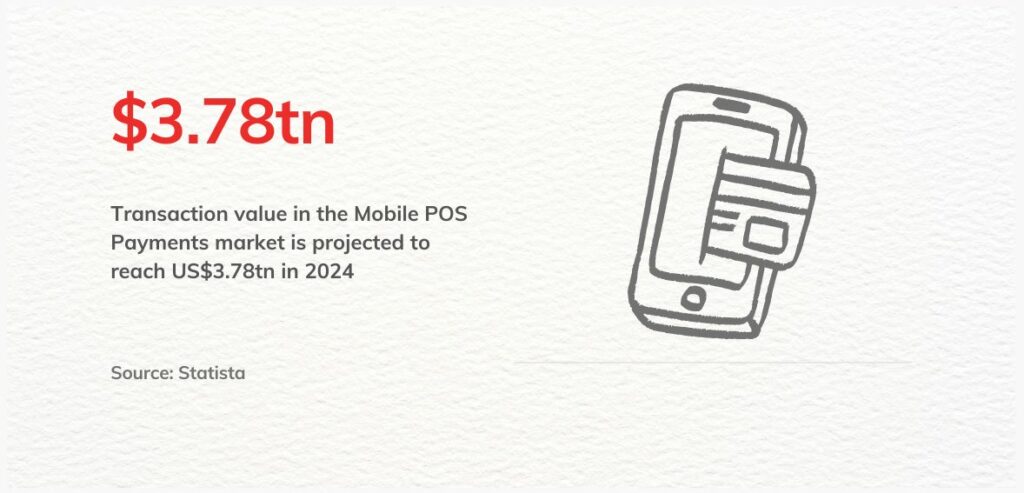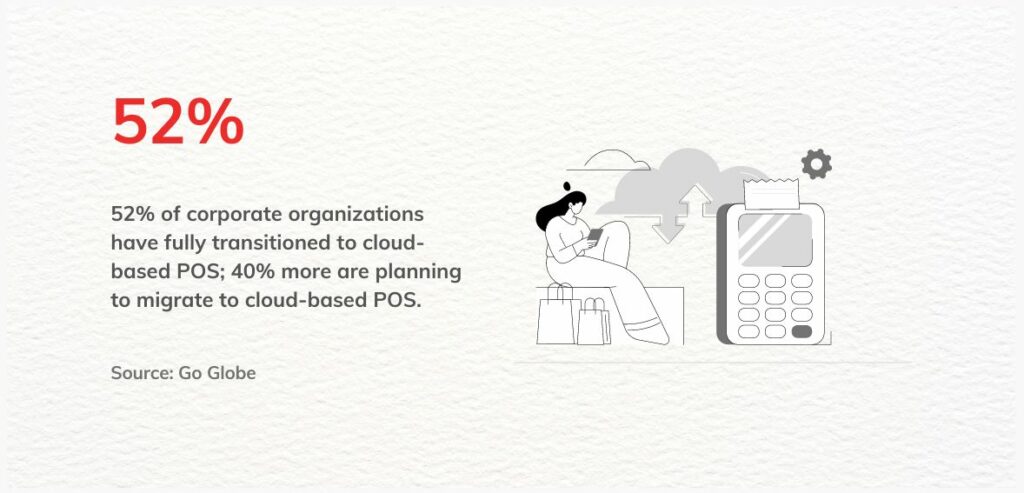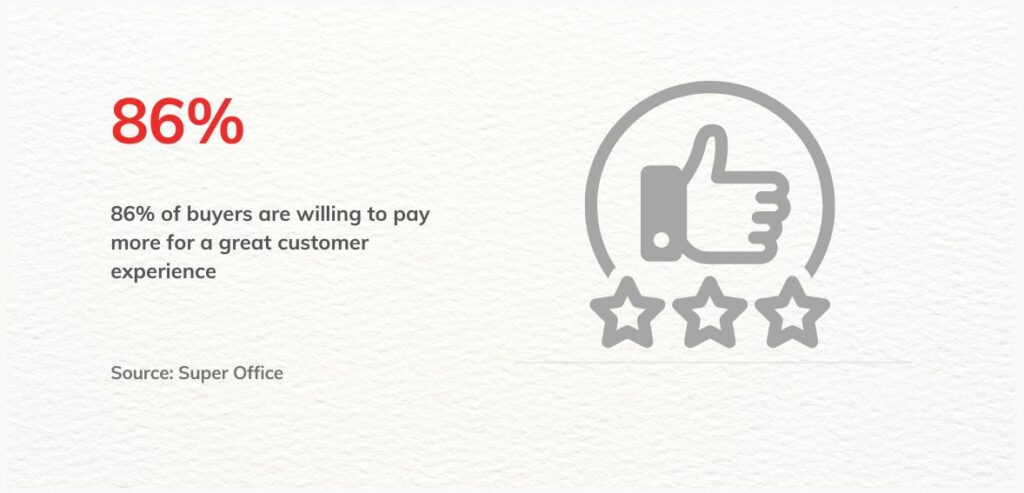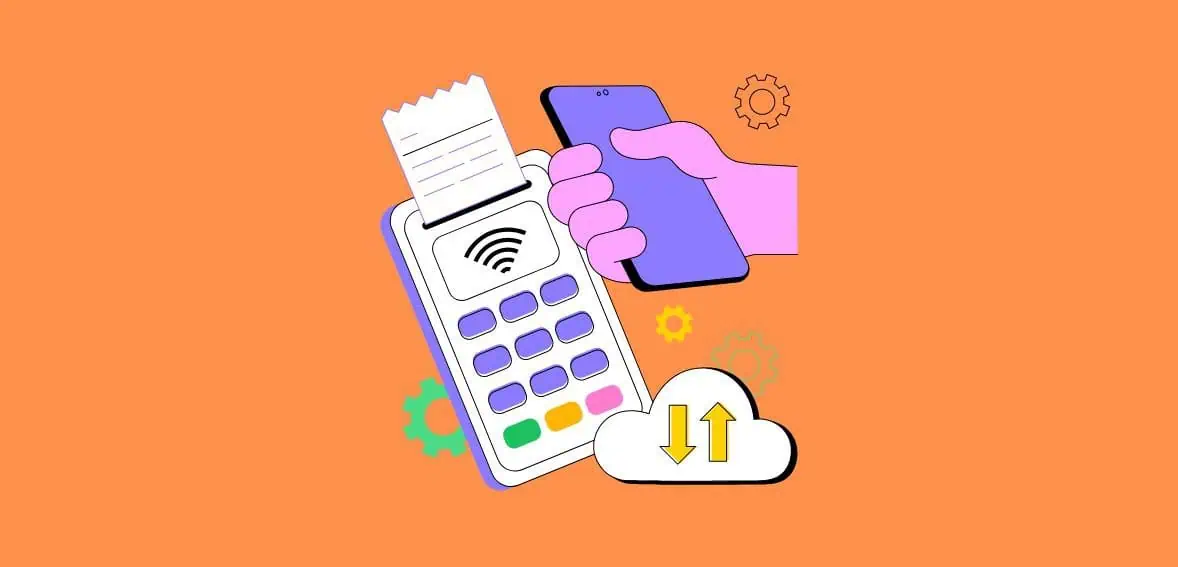The point-of-sale (POS) system has evolved into an indispensable tool for retailers, far surpassing its original function of simply processing sales. Today, POS systems integrate capabilities such as employee scheduling, gathering critical sales data, and monitoring inventory levels across diverse selling platforms. Retailers must stay up-to-date on point-of-sale trends in 2024 to maintain expertise and authority in the ever-evolving retail technologies. With the rise of cloud-based solutions and the expansion of mobile payment options seeing broad adoption, keeping your POS system up-to-date is essential for securing a competitive edge in today’s dynamic retail environment.
While a POS once served primarily as a cash register, today’s systems take on a strategic role by streamlining operations and offering actionable business intelligence to help retailers make informed decisions. From tracking best-selling items to analyzing customer purchasing patterns, the data collected through a POS yields key insights to guide merchandise planning and marketing strategies. To be at the top of your game, tracking POS trends across 2024 is essential.
Notable Point-of-Sale Trends You Can Expect in 2024
Here are some of the notable trends that you can expect in 2024:
1. The Rise Of Mobile POS
As we look ahead to 2024, it brings many changes to transaction processing. Mobile POS systems are one of them; they now transform how businesses handle payments. With their convenience and flexibility, these innovative mobile devices prove essential for retailers and wholesalers. Sales associates make transactions on the go, no longer tied to counters or fixed locations. Outdoor markets, Pop-up shops, and special events find practical mobile solutions that traditional systems cannot follow.

Source: Statista
Real-time sales insights also empower informed choices, and up-to-the-minute revenue and item data guide inventory and marketing decisions. Whether tracking best sellers or monitoring stock levels, business owners get live feedback to optimize strategies with a mobile POS. Adaptability and insights combine in mobile technology, setting a new standard for transaction handling as 2024 unfolds its opportunities and challenges.
The projected transaction value in the Mobile POS Payments market is expected to soar to $3.78 trillion by 2024, highlighting the growing importance of this technology in the business world. Furthermore, with their affordability compared to traditional POS systems, mobile POS solutions are a cost-effective option for small businesses and startups looking to streamline their operations and enhance customer experience through seamless payment processing capabilities.
2. Companies Transitioning to Cloud-based POS systems
Cloud-based POS systems paired with POS hardware have drastically changed retail business. These mobile POS solutions backup and sync data to the cloud using a distant server. It’s like a safe, central locker for sales and inventory details. This makes it easier to safeguard and update key business data. Not only that, but it also lets you see important info in real time from anywhere on the internet.

Source: Go Globe
About half (52%) of businesses are all-in on cloud-based POS, and another 40% plan to shift soon. This handy mobile POS software lets bosses and workers check daily sales, report summaries, and how much inventory is left, all from their devices. It allows them to make smart choices, even when out and about. All in all, having cloud-based POS systems work together with mobile features gives the most flexibility and time-saving benefits for today’s retail work.
3. Enabling Seamless Omnichannel Experiences
Omnichannel experiences involve integrating in-person, mobile, ecommerce, and social sales, offering a comprehensive view of customer relationships across various channels at any time. While not a new trend, POS technologies empower retailers to enhance customer experience across all touchpoints. Shopping has changed a lot nowadays – People don’t always buy things in a straight line anymore. For example, a customer might discover a product on social media, like Instagram. Then, they might check it out at a store. But in the end, they decide to buy it online from the seller’s website. This way of shopping has shaken up even the old-school, physical stores.
This is why physical stores, too, are getting more digital. Online shopping is becoming just another part of physical store shopping. Experts think it could make up almost one-fourth of all store sales worldwide by 2027. Because of this, stores are working hard on their online platforms. A whopping 96% boosted their online shopping budgets in 2022 alone. Services like curbside pickup and BOPIS are also getting more popular. People like these because they’re convenient and flexible. BOPIS especially has been booming – in 2022 alone, it brought in more than $95 billion in the US. And experts think this could go beyond $150 billion by 2025.
Point-of-sale technology is crucial for small businesses, allowing them to compete effectively with larger counterparts. Tools such as Square POS and Shopify POS enable customers to initiate their shopping online and conclude it in-store, or vice versa.
4. Customer Satisfaction is Important
At the core of any successful retail business lies the customer experience. Savvy retailers now realize that the point-of-sale system should be developed with the customer’s needs in mind to guarantee an expedited, cohesive checkout. Research demonstrates that the vast majority of shoppers, some 86% to be exact, are ready to pay a premium for exceptional customer care. Indeed, those who have pleasant retail encounters often spend considerably more money – up to 140% more – than unhappy customers who recount negative interactions. This focus on the client’s journey from browsing to purchase underscores how crucial seamlessness and satisfaction are at the register. Retailers can foster loyalty while driving higher revenues by prioritizing simplicity, speed, and service across the checkout process.

Source: Super Office
By integrating these systems with customer loyalty programs, businesses can elevate their service to new heights. The integration allows for real-time rewards and discounts, giving customers a personalized and engaging experience that keeps them returning for more. This degree of personalization boosts customer satisfaction and fosters brand loyalty in today’s cutthroat retail environment, both of which contribute to increased sales and long-term business success.
5. No Limitations
In a typical retail environment, transactions take place at the checkout counter. However, using a modern POS system removes this restriction. Businesses aren’t even limited to their store. Mobile POS systems let people place orders outside the store, on the street, or at a trade show. Companies can even send employees around the store with handheld devices and fulfill sales on the spot for customers.
A POS system with no limitations allows customers to place an order for delivery or to pick up something in the store. More than 50% of retailers accept that implementing additional delivery and pickup choices for customers was a priority for 2021, and there’s strong evidence this will continue into 2023.
6. Alternative Payment Methods
New payment methods are entering the mainstream industry every day. Modern customers want to choose how they pay for things, and they prefer having plenty of options.
Alternative payment methods are an excellent way for a POS system to shine. The system’s flexibility means it can handle multiple payment methods simultaneously. This means greater versatility in how people pay for things, which helps secure more sales and drive up customer retention.
At the end of the day, a business must adjust to meet the customer’s needs rather than the other way around. This means that businesses that implement alternative payment methods in conjunction with a POS system are far more likely to see significant sales increases.
7. Using Data Analytics
The strength of a good POS system is its use of analytics. Because a system can take continuous data inputs, it can use that to create a comprehensive set of analytics.
Analytics is a core part of a business because it provides essential information about how certain areas of the company are doing. Analytics allow for informed decisions, which means it is possible to act methodically to improve areas lacking in analytics. Because a POS system constantly tracks data, it is in a solid position to deliver quality analytics.
8. The Need For Integrations
To maximize efficiency and accuracy when managing various aspects of business operations, POS systems must be highly integrated with other key software solutions that are commonly used. POS systems must seamlessly connect with enterprise resource planning (ERP), accounting, and inventory management software. This tight integration allows businesses to streamline many of their daily processes since necessary data can automatically and accurately transfer between different platforms. Additionally, linking POS systems with e-commerce platforms has become progressively more important in today’s digital era.
This connectivity effectively allows companies to oversee online and in-person sales from one centralized location. Combined sales data provides leadership with a comprehensive outlook of the business’ total sales performance. Furthermore, the capability for POS systems to interface with other commonly used applications like accounting tools, order fulfillment tools, ecommerce tools, and Internet of Things solutions that include sensors and POS databases broadens their functionality. The expanded interoperability renders POS systems indispensable instruments for contemporary businesses aiming to optimize and enhance operations.
9. AI and Automation
While artificial intelligence and automation are poised to revolutionize point-of-sale systems in the coming years, many uncertainties remain. Machine learning advancements open new opportunities for businesses to interact with customers in more personalized ways. AI-powered systems have the potential to gain insights from vast troves of customer data in real-time, enabling targeted recommendations and messages tailored for each individual. Such customized engagement could heighten customer satisfaction and loyalty.
Beyond marketing, automation may streamline inventory management and order fulfillment through AI. These solutions promise to reduce human errors while freeing staff for strategic tasks requiring creativity and judgment. However, integrating AI fully into POS presents challenges. Technical and organizational obstacles could slow widespread adoption, though the long-term trend seems inevitable. As technologies evolve, retailers worldwide will adapt operations to remain competitive in an AI-transformed landscape.
Conclusion
The point-of-sale system is reaching incredible levels of proficiency and usage, which means smart businesses will implement it sooner rather than later. Having access to software designed to generate the best results is vital. Customers no longer take a traditional sales journey to purchase an item, so the system used to fulfill sales has to be modern. Thankfully, the modern POS system is up to the challenge, and a sensible business will look into investing in the technology for 2024 and beyond.
Frequently Asked Questions
What are POS trends?
POS trends encompass upcoming features, experiences, and options designed to enhance business effectiveness and efficiency for point-of-sale system users.
What are the retail POS trends in 2024?
Exciting POS trends in 2024 include the emergence of mobile and cloud-based POS systems, integrating alternative payment methods, and ongoing software enhancements with impressive integrations.
What is the future of the POS industry?
The future of POS terminal payments is characterized by innovation and customer-centric solutions. Businesses are moving towards widespread adoption of mobile POS systems and integrating blockchain for heightened security, offering more seamless, secure, and personalized payment experiences.
Can a POS be used for a website?
Indeed, POS systems exhibit versatility and can be employed in both physical stores and online e-commerce websites. They provide various features to improve business efficiency, including credit card payment processing, sales tracking, and inventory management.

